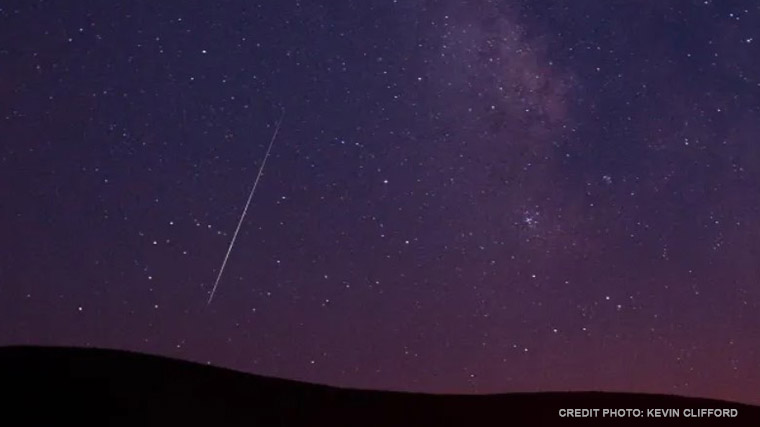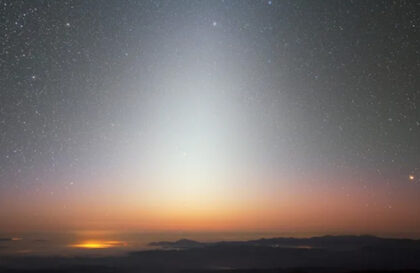Lie down on a bench or chaise lounge and observe 60-100 meteors per hour.
The Perseid meteors decorate the skies of the Northern Hemisphere every year starting in late July, peaking on August 12-13. Although not the most powerful meteor shower, its summertime appearance and widespread outdoor activity have earned it the reputation as the “annual stargazing” event covered by the world’s media.
Perseid meteors emanate from a single point, known as a radiant, in the constellation Perseus. That is why they are called Perseids. The optimum viewing time is the second half of the night before sea twilight, although curfews limit this opportunity in many regions. Observing from rural areas or locations with an unobstructed horizon reduces light pollution.
Contrary to expectations, the meteor is best seen not directly toward the radiant, but halfway between it and the zenith. Around midnight on August 12-13, the radiant will be located in the northeast at an angle of 65° above the horizon, facilitating convenient observation lying down, ideally in a southwesterly direction.
Perseid activity has diminished somewhat due to the Swift-Tuttle comet’s movement toward aphelion, but peak periods still produce about 50 meteors per hour.
Observing meteors requires minimal equipment: clear skies, keen eyesight, a watch and a notebook. Lunar interference is negligible: a faint crescent moon rises around the second hour of the night.
Residents of the Northern Hemisphere of the planet will be able to observe the cosmic phenomenon. Much less lucky residents of the southern hemisphere: residents of Cape Town or Sydney, for example, will not be able to observe the mesmerizing stream of meteors at all.
Meteor showers can be unpredictable, and periods of no activity can be followed by bursts of several meteors. If you are patient and stay out longer, you can increase your chances of seeing an impressive spectacle.
Observing conditions are good this year because the Moon is in its waning phase and only 10% of its surface will be illuminated.
We hope that during this challenging time, the serenity of this celestial spectacle will not be disturbed by external disturbances.
Image credit:
https://www.forbes.com

